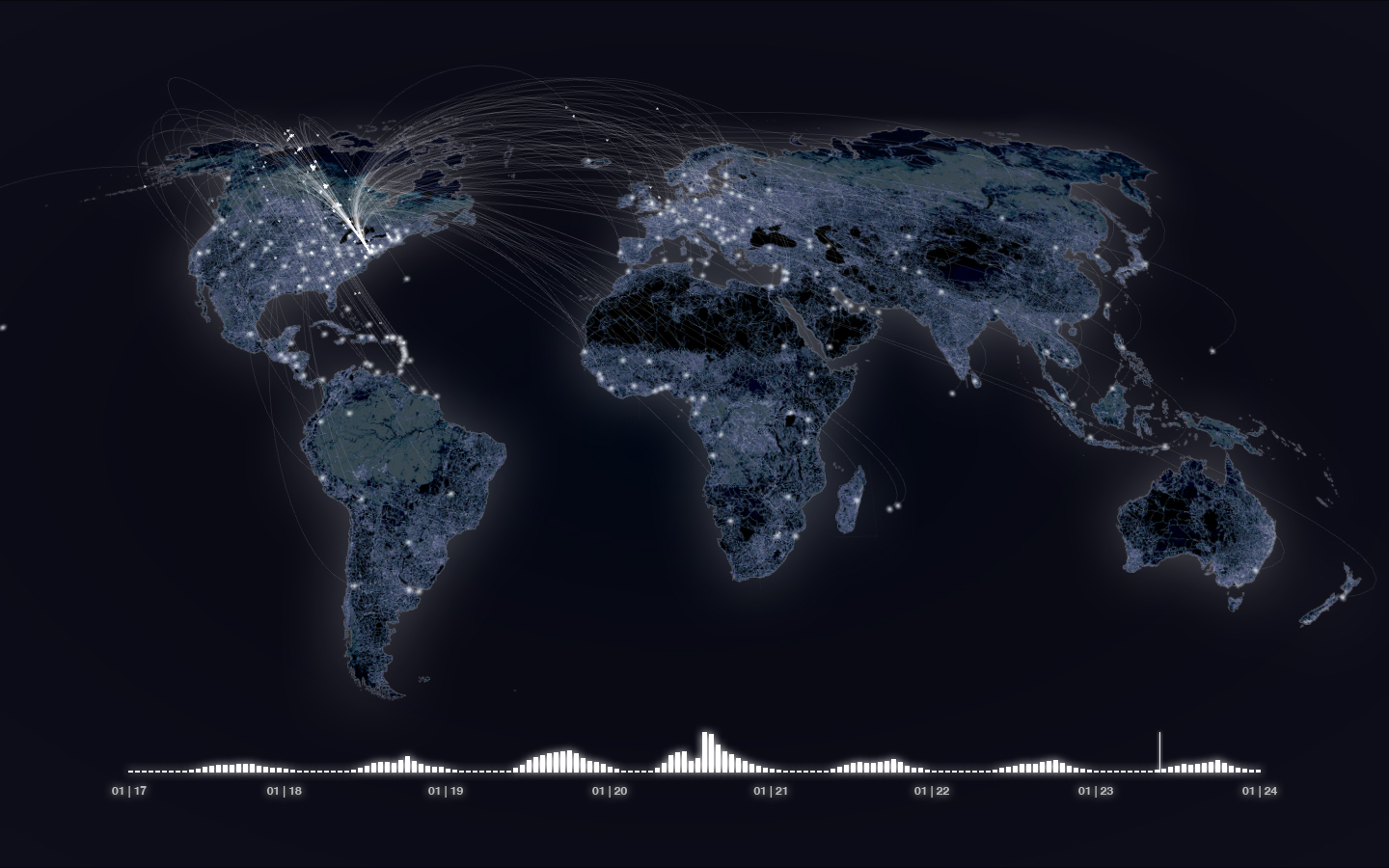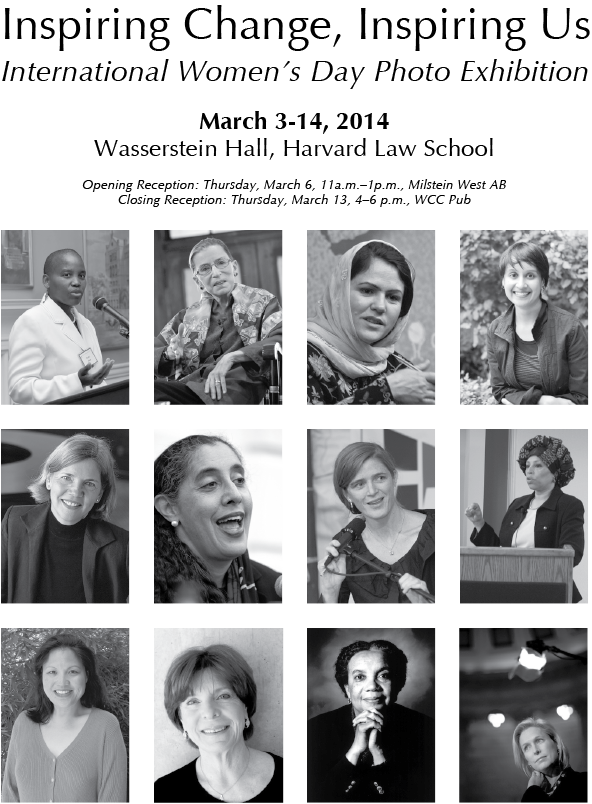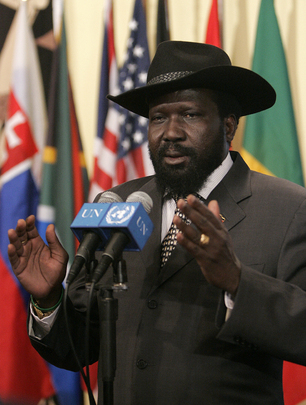Jan. 20, 2014 – Raj Banerjee
This past year, every LIDS event has begun with the question: “What is development?” Even though we are the Law and International Development Society, we have no concrete vision of what development is. And we are wise in having none. At Harvard Law School, where we are based, those interested in international issues or development studies tend to fall into one of two categories: the human rights group, and the private international law/business group. The first group sees progress as the achievement of several individual rights: the right to food, education, clean water, freedom of speech, essential medicines. The second group focuses on economic growth, and the public and private infrastructure that stems from and feeds that growth.
One of our goals as an organization is to build a community at the intersection of law, policy and international development. And to build that community we need to reconcile the two categories listed above. Despite the significant overlap between these categories, students in one group rarely converse with those in the other. I remember attending a symposium on investor-state arbitration last year where a noted arbitrator was asked about how human rights law or environmental law factored into his decisions. His answer was simple: they did not. What I found surprising was that few of the dozens of students in the audience expressed surprise. These students belonged to the second group. They were going to embark on careers where they were bound to run into, or up against, students in the first group. And yet, even as students on the same campus, they rarely interacted.
LIDS is that rare space on campus where both groups interact. To check if that is true, we pose the question: “What is development?” The answers either focus on rights, or on economic growth. Sometimes, the people I or my colleagues pose this question to pause…they realize that whatever the answer is, it cannot solely be expressed in the language of either of the two groups on campus.
I am in India right now. A few months ago, local news outlets here fanned the flames of a debate between the U.S.-based Indian economists Amartya Sen and Jagdish Bhagwati. Both economists had come out with books about India this past summer. Mr. Sen’s An Uncertain Glory (co-authored with Jean Dreze) grimly noted that despite two decades of economic growth, India lagged behind even poorer countries on health and education indicators. In order to sustain growth, the Indian government would have to seriously invest in its primary education and healthcare infrastructure. Mr. Bhagwati’s Why Growth Matters (co-authored with his Columbia University colleague Arvind Panagariya) retorted, somewhat brashly, that GDP growth is what India should focus on. With growth, and with sound investment of the proceeds of growth, all else will follow.
India’s media played up the differences between the two arguments, and commentators put themselves in either the Sen camp or the Bhagwati camp. The whole thing reminded me of Harvard’s two international development groups. Thoughtful commentators eventually noted that, all nuance considered, there was little difference between Sen’s and Bhagwati’s theses. Both wanted economic growth, and both wanted a better-educated, healthier India. Likewise, at Harvard, both international development camps are deeply interested in the other’s area of focus. And LIDS allows both camps to acknowledge that interest.
Image: Bridge on the Sabie River, South Africa. By Chris Eason





